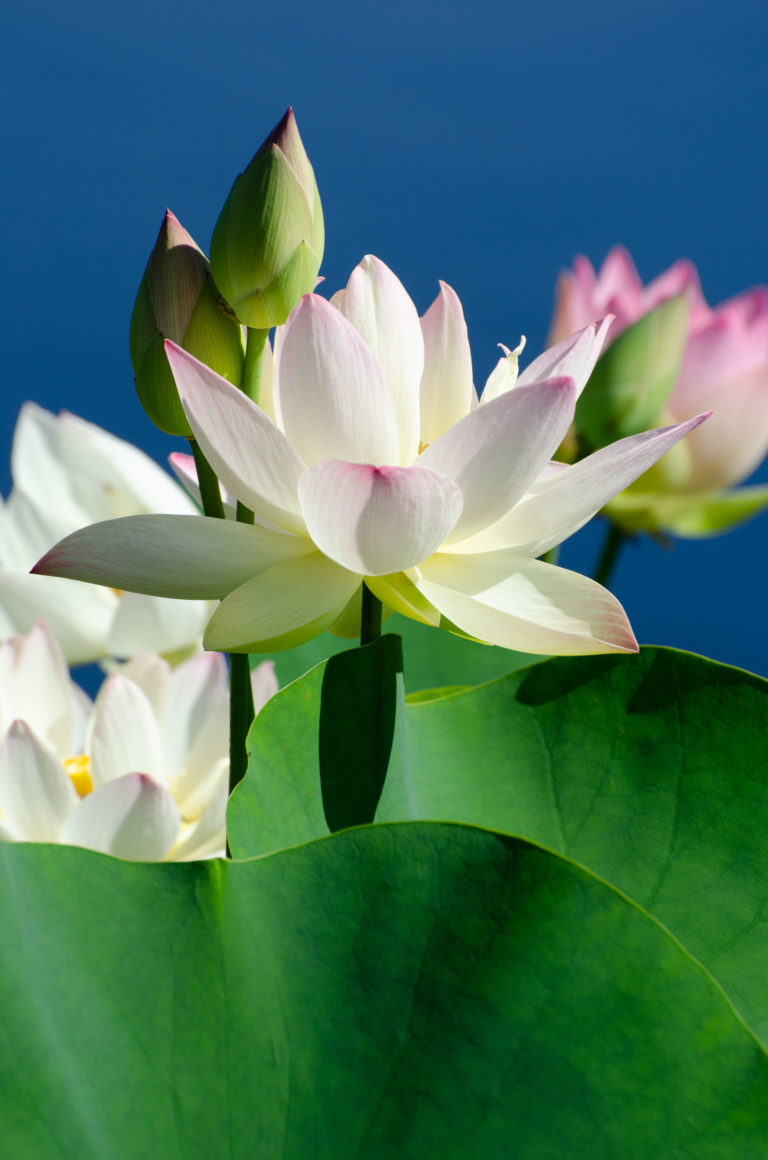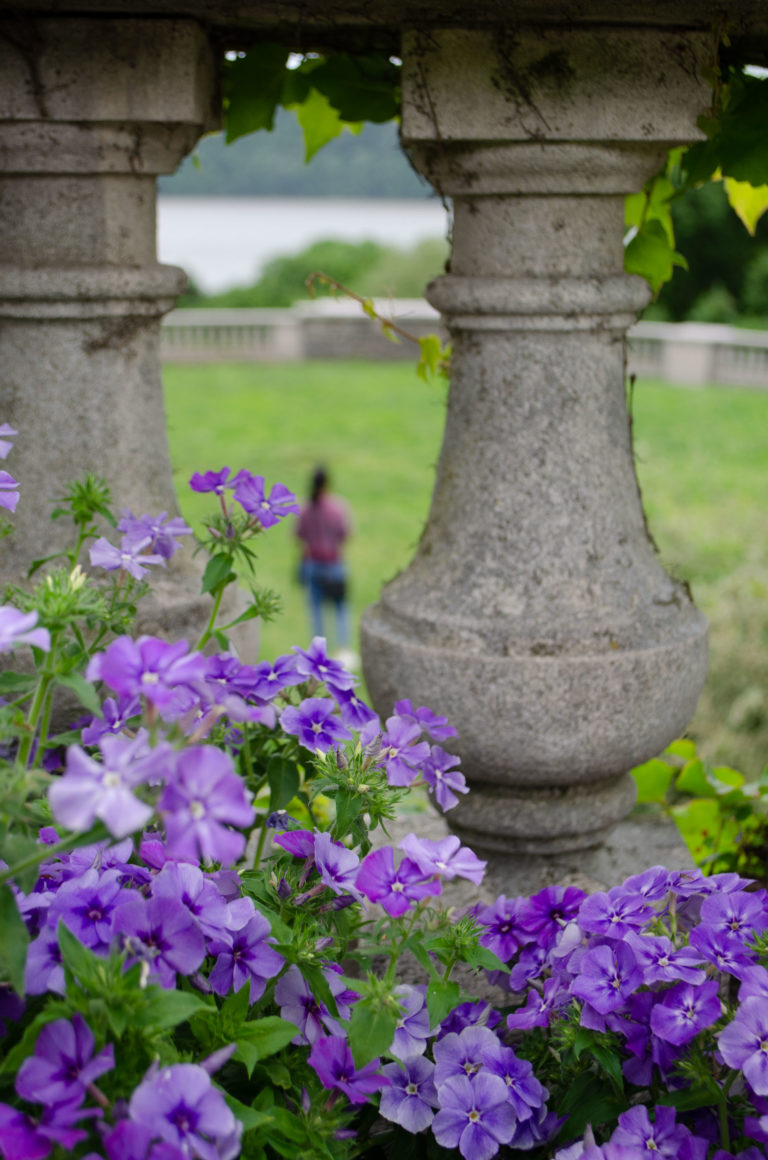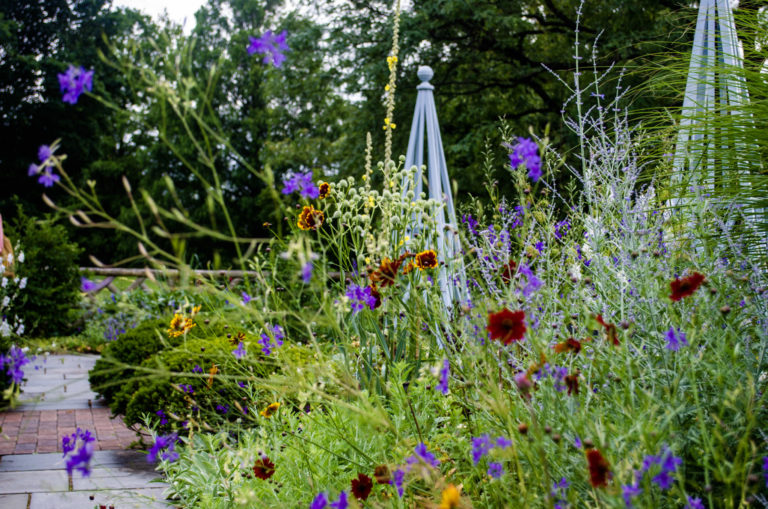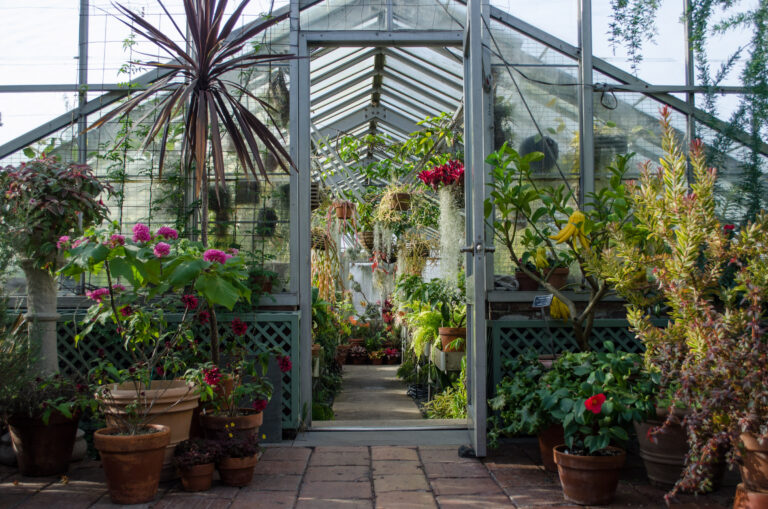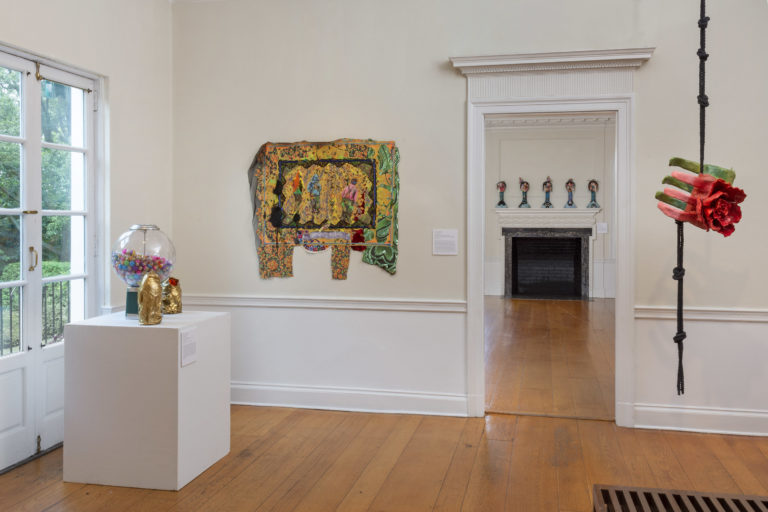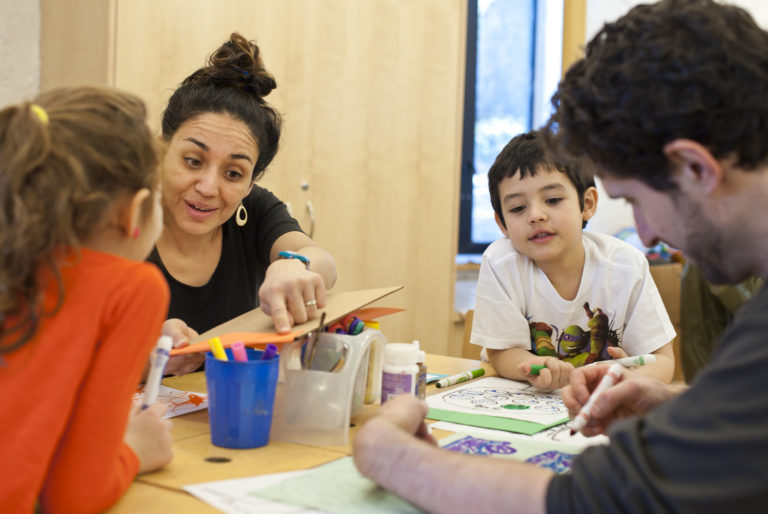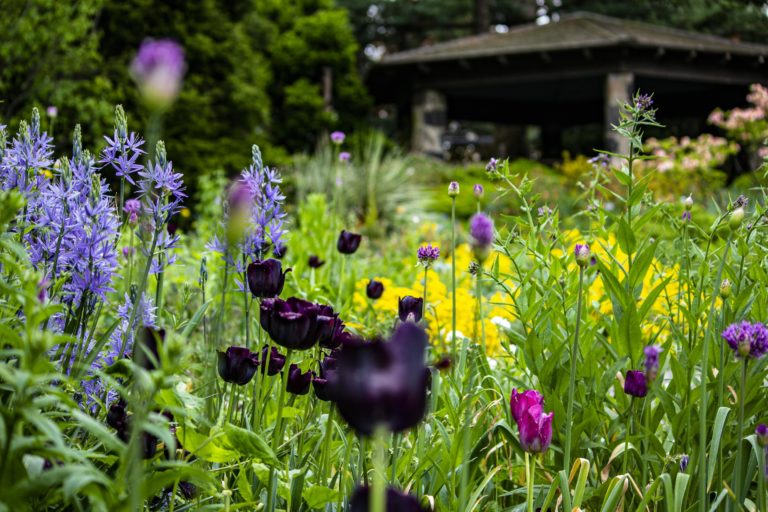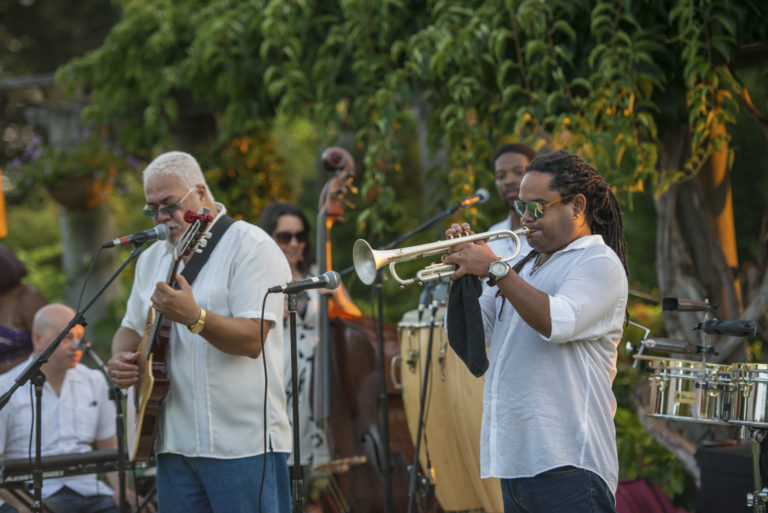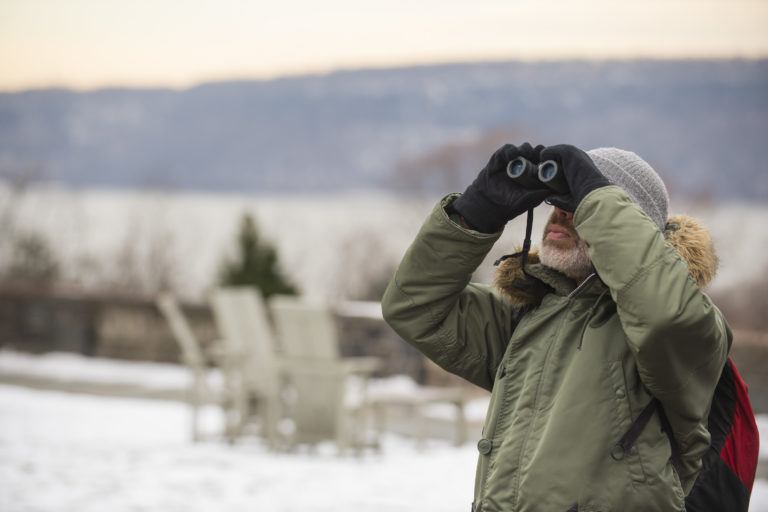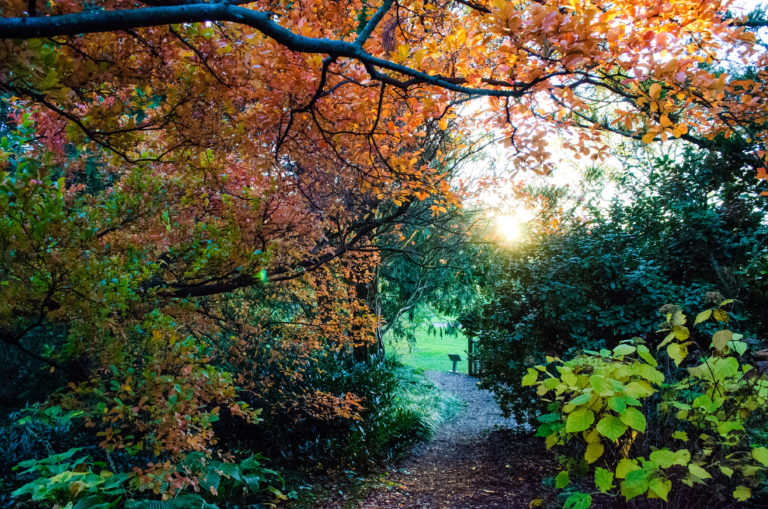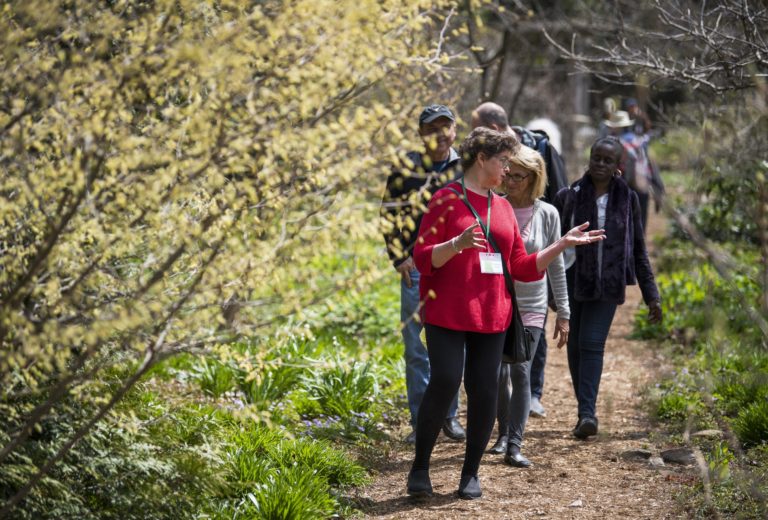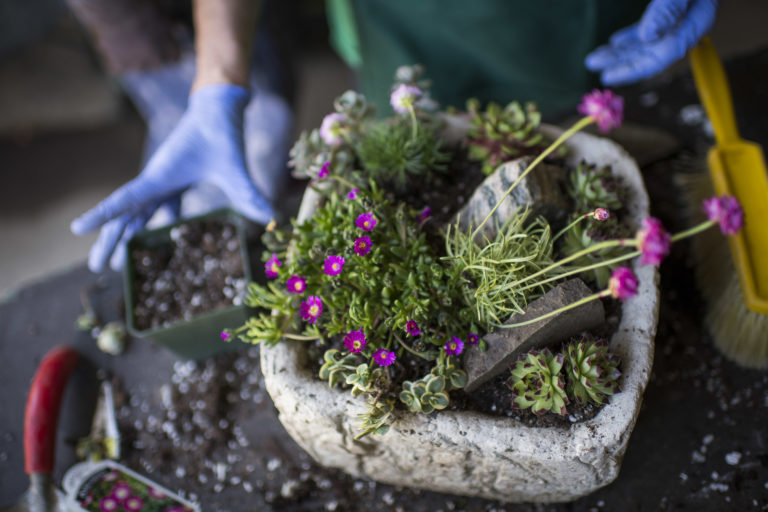
- Art
Winter Workspace 2023
The Winter Workspace takes place over two, eight-week sessions and provides artists with free studio space, a financial stipend and access to Wave Hill’s living collection. Since 2010, the Winter Workspace has supported more than 140 artists. During their sessions, artists have access to the greenhouses and to horticultural and curatorial staff. Experimentation is encouraged while artists expand their practices at Wave Hill. Artists also engage with public audiences through Drop-In Sundays and Open Studio events. See the calendar for listings. At the core of the Winter Workspace is the recognition that creating art within the context of a garden is a uniquely stimulating experience.
Session 1
January 9–February 19, 2023
Participating artists: Carlos W. Encarnación, SaraNoa Mark, Tomo Mori, Iviva Olenick, Sarah K Williams and Tanika Williams
Drop-In Sundays: January 29 and February 5, 1–3PM
Open Studios: February 18, 1–4PM
Carlos W. Encarnación
Exploring the relationship between natural materials and his Puerto Rican heritage, Carlos W. Encarnación expands on his ongoing project Bodegones, which reflects on interspecies relationships through graphic patterns and printmaking.
SaraNoa Mark
SaraNoa Mark continues to develop their sculpture Our Streets, combining found sidewalk graffiti with collected, participatory oral histories of the Bronx.
Tomo Mori
Reflecting on the harmony between nature and humanity, Tomo Mori creates ropes from recycled textiles. These are then spun into large-scale installations to experiment with the possibilities of interactivity and dwelling within her constructed forms.
Iviva Olenick
Iviva Olenick researches plants in Wave Hill’s Herb Garden that impact the human female reproductive system in terms of fertility, menstruation, abortion and more. The artist uses naturally dyed fabrics, beading and embroidery to continue her Botanical Bodies series, which considers the interdependence of plants and humans.
Sarah K Williams
Investigating plants in the greenhouses and the ways in which they adapt to their environment, Sarah K Williams creates an experimental short film focused on the parallels between plant defense mechanism and human survival tactics.
Tanika Williams
Tanika Williams creates plaster sculptures inspired by the garden’s environment, encapsulating features of composted materials, botanical specimens and the fraught, colonial histories of gardens.
Session 2
February 21–April 2, 2023
Participating artists: Jill Cohen-Nuñez, Tusia Dabrowska, Rachel Frank, Peter Hoffmeister, Cinthya Santos Briones and Max Sarmiento
Drop-In Sundays: March 12 and 19, 1–3PM
Open Studios: April 1, 1-4PM
Jill Cohen-Nuñez
New York Community Trust Van Lier Fellow Jill Cohen-Nuñez translates herbal remedies and the healing properties of plants found in the garden into ceramic sculptures and installations that create participatory spaces for meditation.
Tusia Dabrowska
Tusia Dabrowska collects photo, video, audio and 3-D scans from the plant collections in Wave Hill’s Marco Polo Stufano Conservatory to interrogate the greenhouse as a metaphorical site of refuge from the external environment.
Rachel Frank
Focusing on interspecies exchanges regarding environmental issues, Rachel Frank creates ceramic sculptures based on ancient Eurasian offering vessels, designed to hold scent samples collected from sentinel plants and birds that are indicators of climate change.
Peter Hoffmeister
Peter Hoffmeister investigates and reimagines the architecture of Glyndor Gallery, originally a private home known as Glyndor House, through installations made of slip-cast bricks. These are new iterations of his project Quality Control, which employs site-responsive installations to interrogate historical sites.
Cinthya Santos Briones
Using medicinal herbs collected at Wave Hill, Cinthya Santos Briones expands on her ongoing project, Migrant Herbalism, which documents the use of traditional medicine in Mesoamerican indigenous and Latino immigrant communities in New York City. In her workspace, Santos Briones creates an altar to be activated for communal healing, in concert with Indigenous healers.
Max Sarmiento
Max Sarmiento creates life-sized dioramas that capture quotidian life in New York, where he currently resides, and Ecuador, where he was raised. In his work, scenes of the pastoral, urban, magical and real merge to form collaged tableaus of everyday life.
